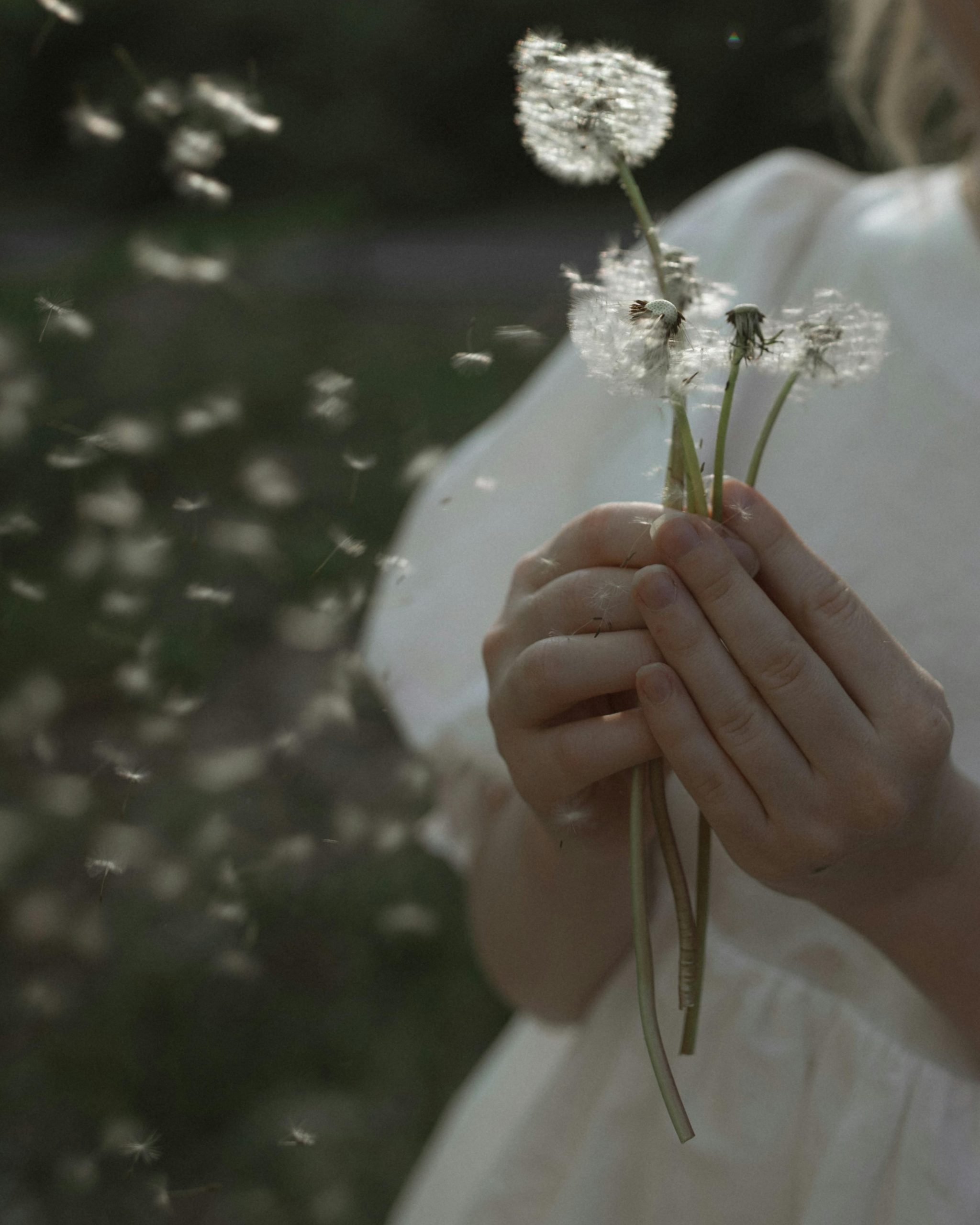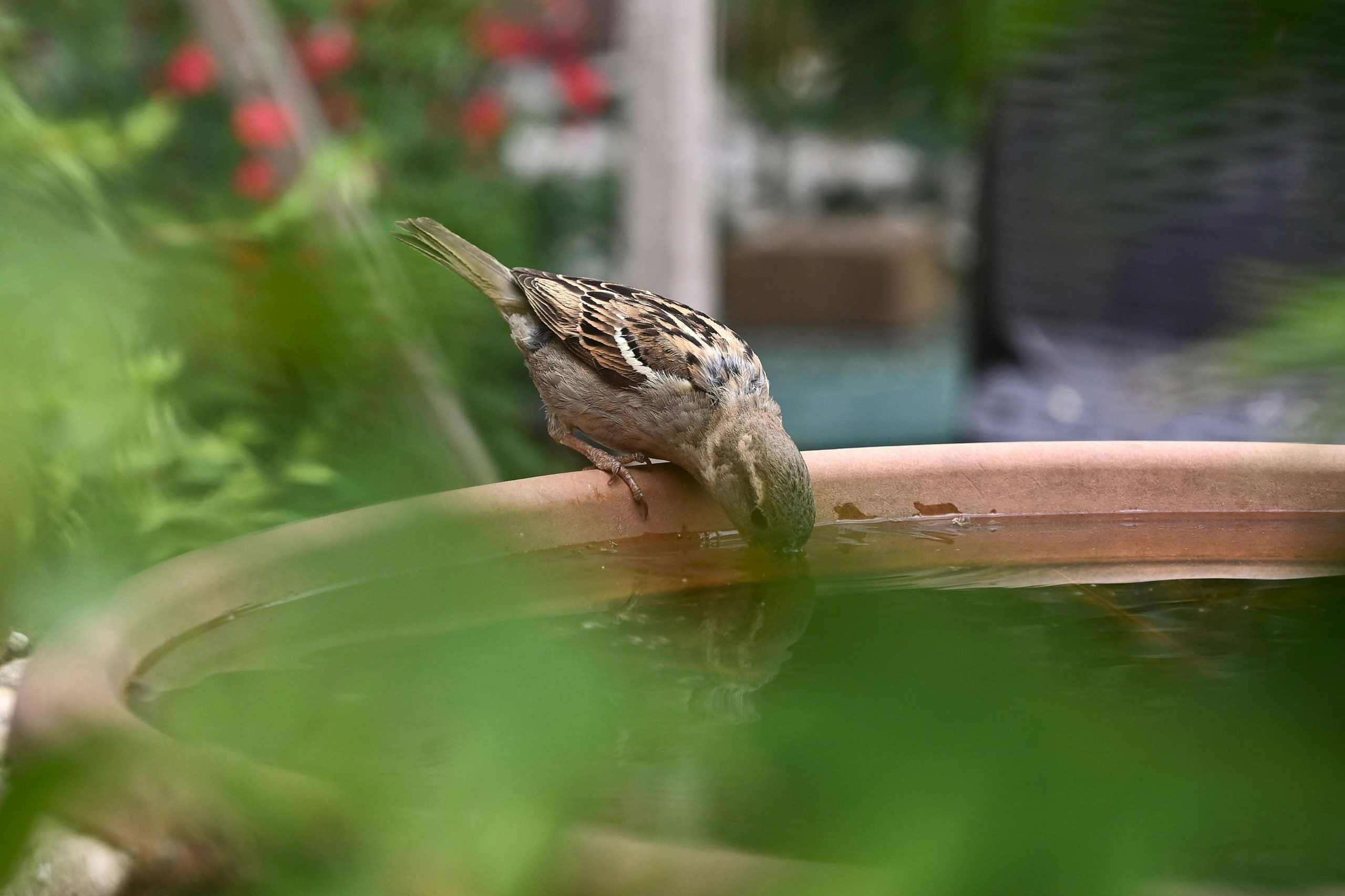Operation DandyWish: Unveiling the Surprising Truth Behind Dandelion Blowing
Have you ever considered that a seemingly innocent childhood pastime might possess a deeper agenda? Imagine that the simple joy of blowing on dandelions was not merely a whimsical activity but rather a cleverly orchestrated campaign by powerful herbicide manufacturers. Could it be that this cherished moment of making a wish was designed to ensure the continued proliferation of dandelions, ultimately benefiting companies invested in our desire to eliminate them?
A Timeline of Transformation
1945-1950: The Genesis of Herbicide Innovation
In the wake of World War II, major chemical companies, including the now-prominent Monsanto, began to pivot their wartime research towards agriculture. Among their findings was 2,4-D, a potent herbicide recognized for its ability to selectively target broadleaf plants like dandelions.
1951: The Herbal Solution Arrives
By 1951, 2,4-D became accessible to consumers, marketed extensively as the definitive solution for anyone seeking the perfect lawn. This marked the beginning of a significant shift in how we addressed unwanted plants.
1952-1955: The Subtle Social Shift
Simultaneously, a gradual public relations campaign emerged within parenting literature, radio broadcasts, and educational texts. The narrative promoted the notion that blowing on a dandelion puffball while making a wish would beckon good fortune into one’s life.
1953-1954: Literature Embraces Dandelions
In 1953, a column in Good Housekeeping encouraged mothers to foster a love of nature in their children by engaging in this simple act of blowing on dandelions. The following year, the illustrated children’s book Wishes in the Wind captivated young minds with a tale of a girl whose wishes come true through the act of blowing dandelion seeds.
1955-1965: The Rise of Suburban Lawn Culture
As the United States experienced a post-war suburban boom, the cultural narrative shifted to vilify dandelions as the adversary of the idyllic “American Lawn.” During this time, blowing dandelions became a beloved ritual among children, intertwining the joy of childhood with a fierce cultural disdain for this humble weed.
1967: The Commercial Connection
In 1967, Scott’s Miracle-Gro launched a significant advertising campaign that connected the concept of home pride with the elimination of



